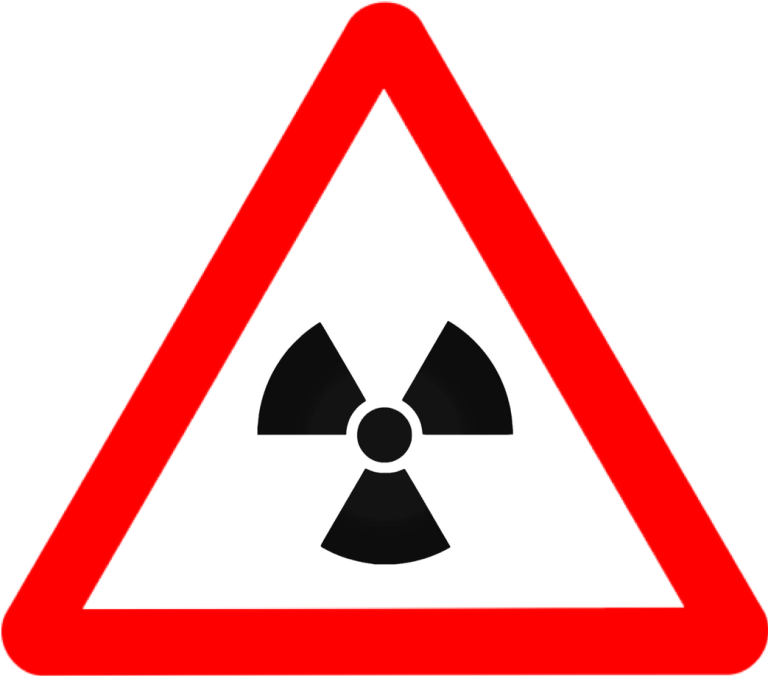Aviation - Hazards - Radioactive Material and Toxic Chemical Clouds

Radioactive Material and Toxic Chemical Clouds
Following aircraft encounters with volcanic ash in the early 1980s, as described here, which prompted the establishment by ICAO in coordination with WMO and other partners of the International Airways Volcano Watch (IAVW), aviation has been faced with two other recognized hazards, namely:
- Releases of radioactive materials, and
- Toxic chemicals
discharged into the atmosphere following industrial accidents.
The accident at the Chernobyl nuclear power plant in 1986, in which a cloud of radioactive debris spread across international borders, caused difficulties for aircraft operations in neighbouring States and drew attention to the potential risk for aircraft en-route to destinations which lay in the path of such a cloud. Similar accidents have occurred at industrial chemical plants and during the transport of toxic chemicals which so far have caused only local operational problems, but which also have the potential to affect international aircraft operations.
Accidents at nuclear or chemical facilities, in which hazardous materials are discharged into the atmosphere, present a danger to the general public, including those travelling by air, and are already the subject of detailed emergency procedures in States concerned, and regular international tests of the procedures are made. It is not the purpose of organizations such as WMO and ICAO, therefore, to develop separate procedures for aviation, but to ensure that due account is taken of the special needs of international civil aviation, especially aircraft in flight, in the relevant international standards and arrangements developed to deal with such emergencies.
